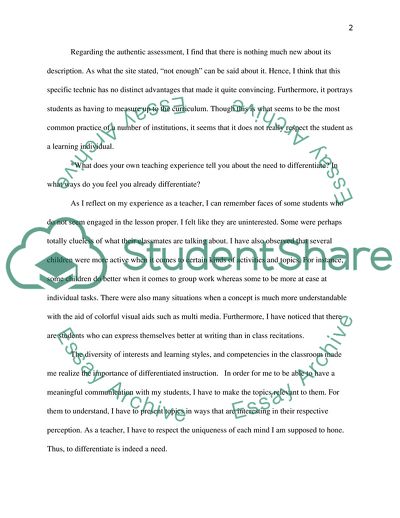Cite this document
(Differentiated Instruction Assignment Example | Topics and Well Written Essays - 1750 words, n.d.)
Differentiated Instruction Assignment Example | Topics and Well Written Essays - 1750 words. https://studentshare.org/education/1775125-differentiated-instruction
Differentiated Instruction Assignment Example | Topics and Well Written Essays - 1750 words. https://studentshare.org/education/1775125-differentiated-instruction
(Differentiated Instruction Assignment Example | Topics and Well Written Essays - 1750 Words)
Differentiated Instruction Assignment Example | Topics and Well Written Essays - 1750 Words. https://studentshare.org/education/1775125-differentiated-instruction.
Differentiated Instruction Assignment Example | Topics and Well Written Essays - 1750 Words. https://studentshare.org/education/1775125-differentiated-instruction.
“Differentiated Instruction Assignment Example | Topics and Well Written Essays - 1750 Words”. https://studentshare.org/education/1775125-differentiated-instruction.


